Introduction to Mock Exercises on Earthquake:
Earthquake preparedness is vital for minimizing the impact of these natural disasters. It involves planning, education, and drills that ensure individuals and communities are ready to respond effectively. Mock exercises on earthquake scenarios play a crucial role in this preparedness, enhancing safety and resilience.
Understanding Earthquakes
Earthquakes are sudden ground movements caused by the shifting of Earth’s tectonic plates. These natural phenomena can lead to severe destruction, depending on their magnitude, depth, and the area’s vulnerability. Understanding earthquakes involves grasping the science behind these movements, recognizing potential risks, and knowing the signs preceding an earthquake. This knowledge is critical for developing effective preparedness and response plans. By studying past earthquakes, scientists and emergency management professionals can predict potential impacts, helping communities implement safety measures. Education on earthquake preparedness, including the execution of mock exercises, is essential in mitigating risks and ensuring that individuals know how to protect themselves and their loved ones during such events.
The Importance of Mock Exercises
Mock exercises on earthquake preparedness are invaluable in testing the effectiveness of emergency response plans. These drills simulate earthquake scenarios, allowing individuals and organizations to practice their response in a controlled environment. Through these exercises, participants can identify weaknesses in their preparedness plans and make necessary adjustments. Additionally, mock exercises enhance communication and coordination among emergency responders, ensuring a unified and efficient response to actual earthquakes. These drills also raise awareness among the public, encouraging proactive measures such as securing heavy furniture and creating emergency supply kits. Ultimately, the regular conduct of mock exercises strengthens community resilience, significantly reducing the potential impact of earthquakes.
Planning Your Mock Exercise on Earthquake:
Planning a mock exercise on earthquakes is crucial for ensuring preparedness and safety. It involves organizing a team, setting clear objectives, outlining scenarios, preparing a checklist, and establishing effective communication strategies. This comprehensive approach ensures a well-coordinated effort that can significantly enhance response capabilities during actual earthquakes.
Forming Your Team
The first step in planning a mock exercise on earthquakes is to assemble a dedicated team. This team should consist of individuals from various departments or areas of expertise, including emergency management, first responders, healthcare professionals, and representatives from local government and community organizations. Each member brings valuable knowledge and skills to the table, making the exercise more effective. It’s essential to designate roles and responsibilities clearly, ensuring that team members know their tasks and how they contribute to the exercise’s overall goals. Collaboration and teamwork are key, as the success of the exercise depends on the collective effort and coordination of all involved.
Defining Objectives and Scenarios
Defining clear objectives and realistic scenarios is crucial for a successful mock exercise on earthquakes. Objectives should be specific, measurable, achievable, relevant, and time-bound (SMART). They might include improving response time, testing communication systems, or enhancing coordination between different response teams. Scenarios should simulate realistic earthquake situations as closely as possible, taking into account local vulnerabilities, potential hazards, and the community’s specific needs. These scenarios will guide the exercise, challenging participants to apply their skills and knowledge in a controlled, yet dynamic environment. By preparing for various scenarios, teams can identify gaps in their preparedness and make necessary adjustments.
Also Read: Streaming Wars: The Future of Online Entertainment
Preparation Checklist
A comprehensive preparation checklist is essential for organizing a mock exercise on earthquakes. This checklist should include logistical arrangements, such as securing a location for the exercise, gathering necessary equipment and supplies, and ensuring safety measures are in place. It should also outline the steps for scenario development, team assignments, and the schedule of events. Additionally, the checklist must cover communication plans, including how information will be shared before, during, and after the exercise. By following a detailed checklist, organizers can ensure that all aspects of the exercise are accounted for and that the event runs smoothly.
Communication Strategies
Effective communication strategies are vital for the success of a mock exercise on earthquakes. Clear, concise, and consistent communication ensures that all participants are informed, prepared, and engaged throughout the exercise. This includes establishing communication channels for disseminating information, such as radio systems, social media, and public address systems. It’s also important to develop protocols for emergency communication, including backup systems in case primary channels fail. Communication strategies should also address how feedback will be collected and shared after the exercise, allowing for evaluation and improvement. Engaging participants and stakeholders through effective communication enhances the exercise’s overall impact and efficacy.
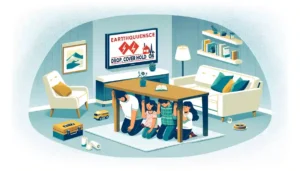
Executing the Mock Exercise on Earthquake:
Executing a mock exercise on earthquake preparedness involves a series of well-planned activities. It’s a hands-on approach to testing the effectiveness of emergency plans, enhancing participants’ readiness, and identifying areas for improvement. Through simulation execution, role-playing, adherence to safety measures, and constructive feedback, communities and organizations can significantly improve their resilience to earthquakes.
Simulation Execution
Executing a mock exercise on earthquakes begins with a realistic simulation. This stage immerses participants in a controlled, yet lifelike scenario, where they can apply their knowledge and skills. The simulation should mimic actual earthquake conditions as closely as possible, including the initial quake, aftershocks, and the ensuing chaos. It’s crucial to establish clear objectives, such as evacuating buildings safely, providing first aid, and establishing communication lines. Engaging participants in this immersive experience underscores the importance of preparedness and quick thinking during real-life emergencies.
Role Playing and Responsibilities
Role playing is a key component of the mock exercise, allowing participants to assume specific responsibilities that mirror real-life roles. Assigning tasks such as emergency coordinators, first responders, and victim assistance teams helps individuals understand their duties during an earthquake. This approach fosters teamwork and highlights the importance of each role in the broader context of disaster response. By experiencing these roles firsthand, participants gain insights into the challenges and decisions they may face during an actual earthquake.
Also Read: Troubleshooting High CPU Usage on Windows 10: Tips and Solutions
Safety Measures During the Exercise
Ensuring safety during the mock exercise is paramount. While the simulation aims to be realistic, safeguarding participants against real harm is essential. Organizers must brief everyone on safety protocols, establish clear boundaries for the exercise, and have medical personnel on standby. Regular checks on equipment and facilities used during the simulation help prevent accidents. This focus on safety ensures that the exercise is an educational experience, not a source of risk.
Feedback and Improvement
After the simulation, gathering feedback is critical for identifying strengths and areas for improvement. Engage participants and observers in discussions about their experiences, what worked well, and what could be enhanced. Analyzing this feedback provides valuable insights into the effectiveness of current earthquake preparedness plans and highlights opportunities for refinement. Implementing changes based on this feedback ensures that future mock exercises and real-life responses are more effective, ultimately saving lives and reducing chaos during actual earthquakes.
Post-Exercise Evaluation:
After completing a mock exercise on earthquake preparedness, evaluating its effectiveness is crucial. This step involves analyzing the outcomes, identifying strengths and areas for improvement, and integrating these insights into future planning. This process ensures continuous improvement in earthquake readiness.
Analyzing Results
The analysis of results from a mock exercise on earthquake preparedness is vital. It involves a detailed review of how participants reacted to the simulation, the timeliness and effectiveness of their responses, and the adequacy of the communication strategies employed. Observations and data collected during the exercise are examined to assess whether the set objectives were met. This step might reveal that participants were highly efficient in evacuating the premises but faced challenges in communication due to overloaded networks. Such insights are invaluable for understanding the current state of preparedness and for highlighting specific areas that require attention. By thoroughly analyzing these outcomes, organizers can pinpoint precise strengths and weaknesses in the existing earthquake response plan.
Implementing Changes for Improvement
Following the analysis, implementing changes for improvement is essential. This involves taking the insights gained from the mock exercise on earthquake preparedness and using them to refine the existing plan. If the exercise unveiled gaps in communication, for instance, enhancing the communication infrastructure or incorporating alternative communication methods might be necessary. Similarly, if the response time was slower than desired, additional training sessions or streamlined evacuation procedures could be introduced. This phase is about translating lessons learned into actionable strategies that bolster the overall effectiveness of earthquake preparedness. It’s a proactive approach to ensure that when faced with an actual earthquake, the community is better equipped, more resilient, and capable of minimizing the impact on lives and property.
The Role of Technology in Earthquake Preparedness:
In today’s world, technology plays a pivotal role in enhancing our preparedness for earthquakes. From early warning systems to mobile applications, technology offers innovative tools that can significantly reduce the impact of such natural disasters. By integrating these technological solutions with traditional safety practices, communities can better protect themselves and minimize the damage caused by earthquakes.
Early Warning Systems
Early warning systems are at the forefront of earthquake preparedness, offering crucial seconds or even minutes of notice before the shaking starts. These systems utilize seismic monitoring technologies to detect the initial, less destructive waves of an earthquake. This advanced notice enables individuals and authorities to take immediate protective actions, such as halting trains, shutting down gas lines, and evacuating high-risk areas. The effectiveness of these systems in saving lives and reducing property damage has been demonstrated in countries like Japan and Mexico, where they are an integral part of national earthquake response strategies.
Simulation Software for Mock Exercises
Simulation software is a key tool in planning and conducting mock exercises on earthquakes. These sophisticated programs allow emergency responders and planners to create realistic scenarios and simulate the impact of earthquakes on communities. Through these exercises, responders can practice coordination, communication, and lifesaving procedures, enhancing their readiness for actual events. Furthermore, simulation software can help identify potential weaknesses in disaster response plans, enabling continuous improvement and preparation.
Mobile Apps for Earthquake Alerts
Mobile apps have become essential tools for disseminating earthquake alerts to the general public. These applications can provide real-time notifications about seismic activity, including magnitude, location, and expected impact. Some apps also offer advice on immediate actions to take, enhancing individual and community safety. The widespread availability of smartphones makes these apps a highly effective means of ensuring that people receive timely information, helping them to react quickly and appropriately during an earthquake.
Integrating Technology with Traditional Practices
The integration of technology with traditional earthquake preparedness practices creates a comprehensive approach to disaster readiness. While technology offers advanced tools for detection, simulation, and communication, traditional practices—such as community drills and education programs—ensure that individuals know how to respond effectively. Combining these methods enhances the overall resilience of communities, enabling a swift and coordinated response to earthquakes. This synergy ensures that while we leverage the latest technological advancements, we also maintain the human element essential for effective disaster response and recovery.
Community Involvement in Mock Exercises on Earthquake:
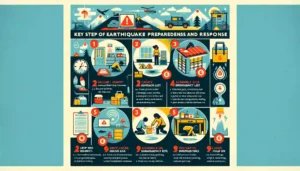
Community involvement is crucial for the success of mock exercises on earthquakes. Engaging various groups ensures a wide-reaching impact, preparing everyone for potential disasters. This section highlights the roles of schools, educational institutions, and local businesses in enhancing earthquake preparedness.
Engaging Schools and Educational Institutions
Schools and educational institutions play a pivotal role in earthquake preparedness through mock exercises. By integrating these simulations into their curriculum, they teach students crucial survival skills and emergency responses. These exercises not only educate but also instill a sense of responsibility among young minds about the importance of preparedness. Teachers and administrators receive special training to guide students effectively during drills, ensuring that the exercises are both informative and practical. Furthermore, involving students in planning and execution phases makes the learning process interactive, fostering a culture of safety and awareness from a young age. This proactive approach empowers students, staff, and parents alike, creating a resilient community well-equipped to handle earthquake emergencies.
Involving Local Businesses and Organizations
Local businesses and organizations are integral to community-wide mock exercises on earthquakes. Their involvement brings resources, expertise, and real-world scenarios to the planning and execution of these drills. Collaborating with emergency services, they help simulate realistic situations, providing participants with invaluable hands-on experience. By participating, businesses not only prepare their employees for emergencies but also contribute to the community’s overall resilience. They can offer venues for drills, sponsor equipment, or provide volunteers, enhancing the scope and impact of the exercises. This partnership between businesses, organizations, and emergency planners fosters a united front against disasters, ensuring a comprehensive approach to preparedness and response. Through such collaborations, communities can significantly improve their readiness for earthquakes, minimizing risks and potential damages.
Conclusion and Next Steps:
Mock exercises on earthquake preparedness are crucial for enhancing community resilience and safety. Implementing the insights gained from these exercises ensures continuous improvement in our readiness for seismic events.
Summarizing Key Takeaways
The essence of conducting a mock exercise on earthquake preparedness lies in its ability to test and refine our response strategies in a controlled environment. These exercises illuminate the strengths and weaknesses of our current plans, offering invaluable insights into how we can better protect ourselves and our communities. Key takeaways include the importance of comprehensive planning, the execution of drills with realistic scenarios, and the critical role of post-exercise evaluations for ongoing improvement. Additionally, integrating technology and fostering community involvement stand out as pivotal strategies in elevating our preparedness levels. These exercises are not a one-time event but a cornerstone of a culture of safety and readiness against earthquakes.
Encouraging Continuous Practice and Preparedness
Continuous practice and preparedness for earthquakes cannot be overstated. It’s imperative that individuals, families, and communities maintain a state of readiness through regular participation in mock exercises. These drills reinforce the knowledge and behaviors that can save lives and reduce injuries. They also help in keeping emergency plans updated and relevant. Encouragement towards ongoing education on earthquake safety, investment in safety improvements, and active participation in community preparedness programs are essential steps. Let’s commit to making earthquake preparedness a part of our routine, ensuring that when the ground shakes, our plans stand firm and our responses are automatic, showcasing the resilience and preparedness of our communities.





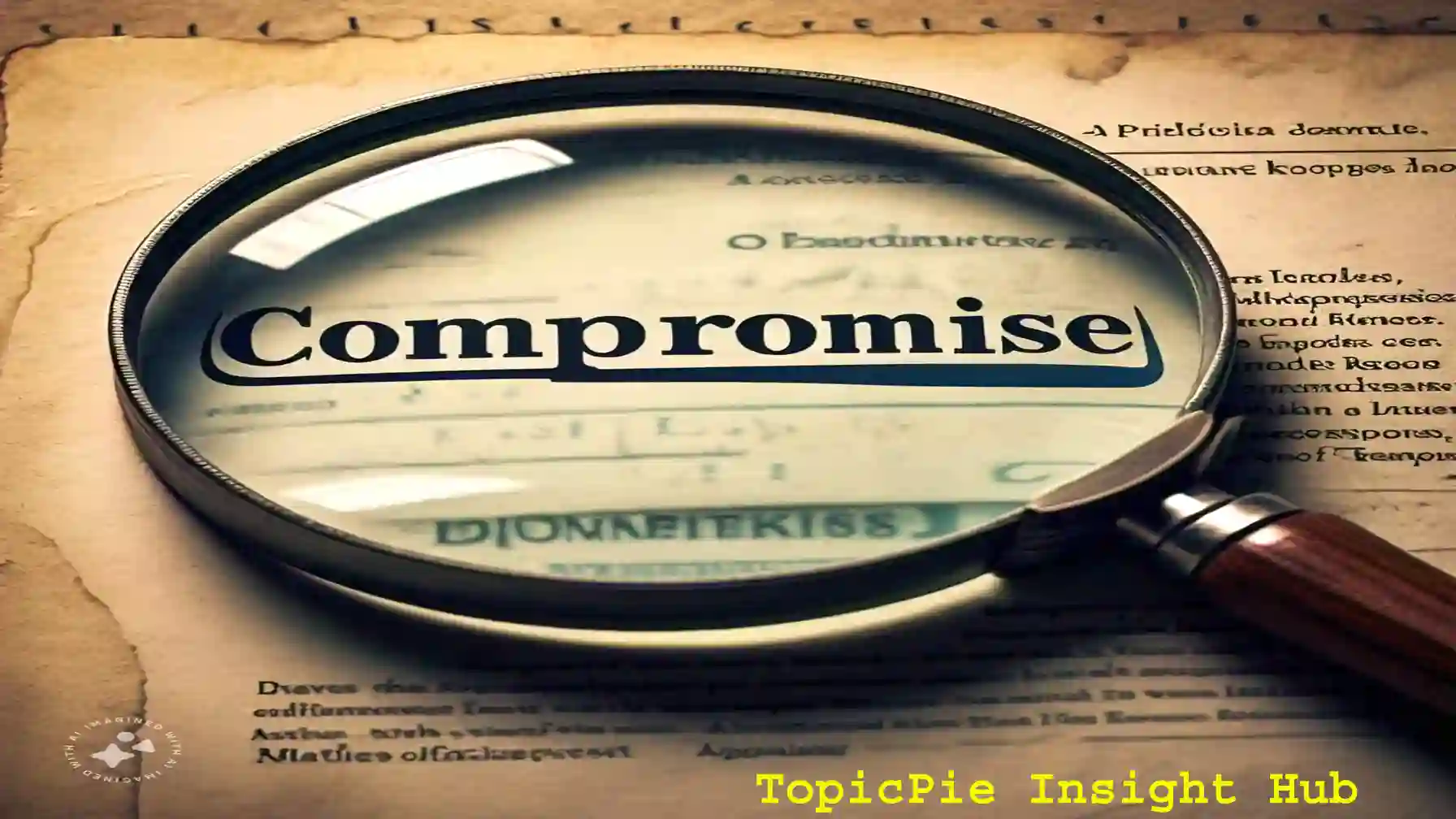

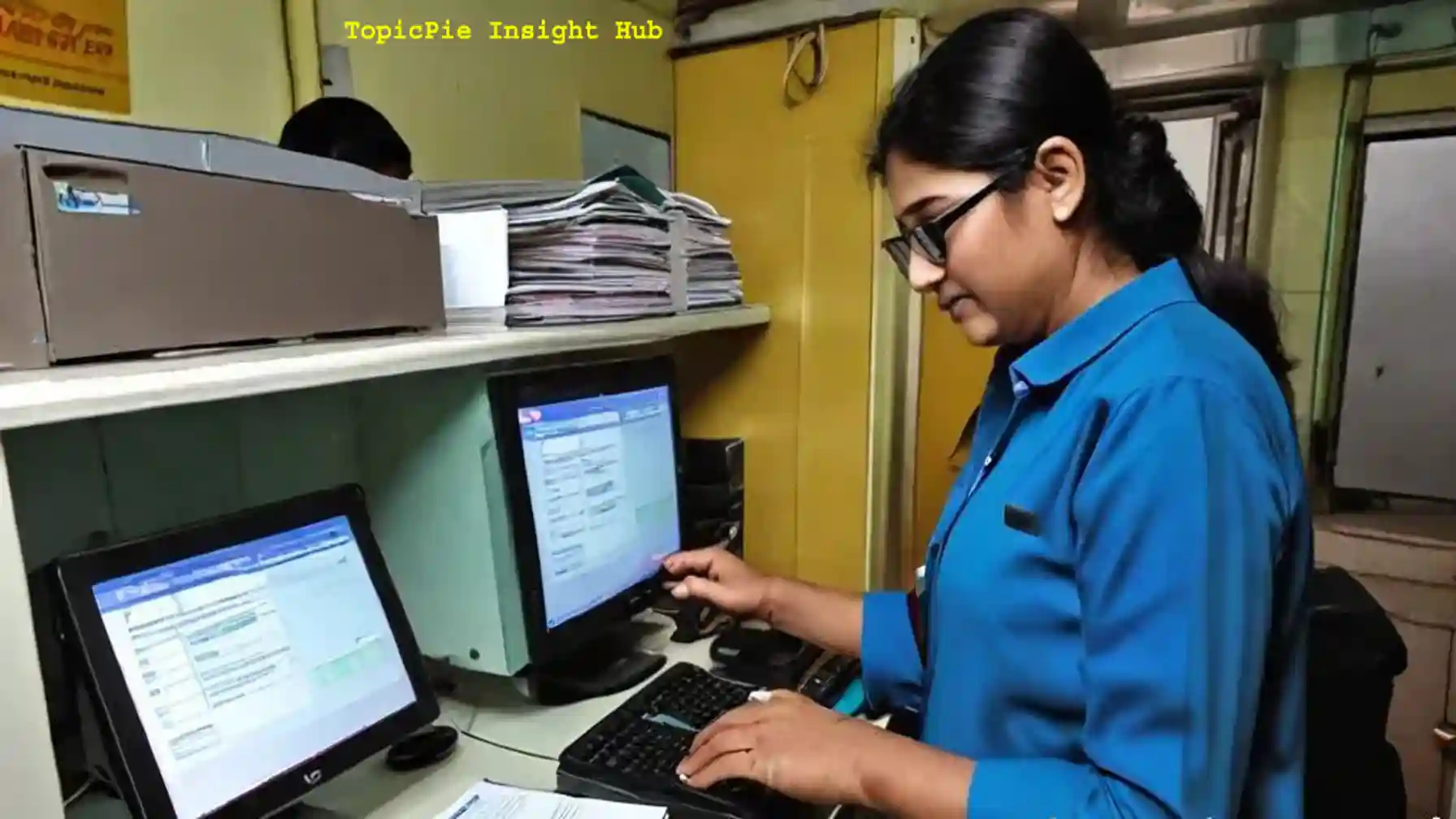
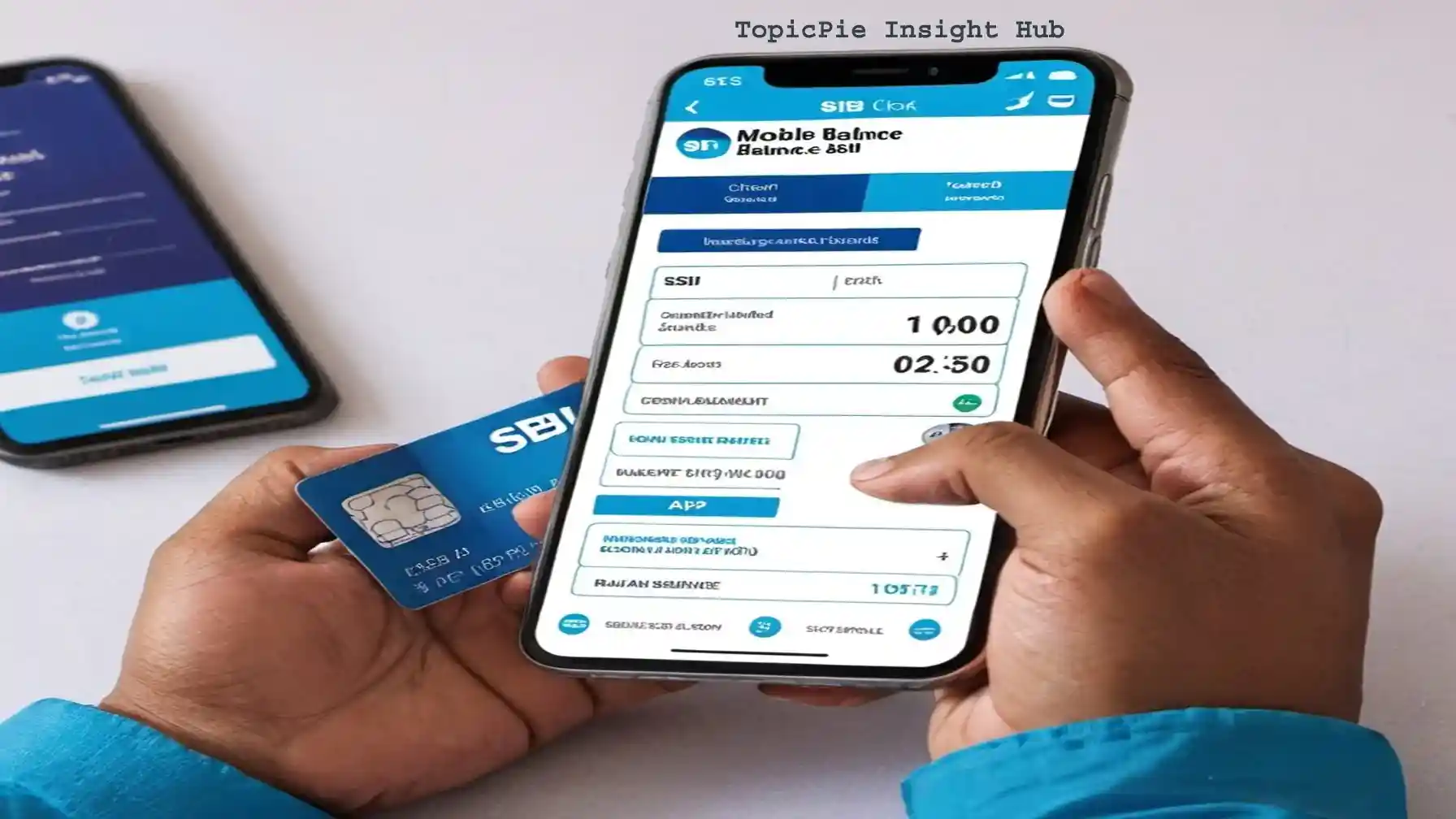
I do believe all the ideas youve presented for your post They are really convincing and will certainly work Nonetheless the posts are too short for novices May just you please lengthen them a little from subsequent time Thanks for the post
Thank you for your feedback! We appreciate your input and will certainly consider lengthening future posts to provide more detailed information, especially for novices. Your suggestions help us improve.